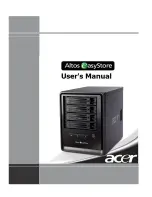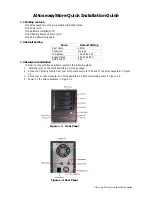
PCIe
Slot
CPU
PCIe
Stan
dard
s
Co
nn
ect
or
Wi
dt
h
Bus Width
Port
Num
ber
in
the
BIOS
ROOT
PORT
(B/D/F
)
Device
(B/D/F
)
Slot
Size
NOTE
● A PCIe slot that supports a full-height full-length PCIe card is backward compatible with
a full-height half-length or half-height half-length PCIe card. A PCIe slot that supports a
full-height half-length PCIe card is backward compatible with a half-height half-length
PCIe card.
● A PCIe slot that supports a PCIe x16 card is backward compatible with a PCIe x8, x4, or
x2 card. A PCIe slot that supports a PCIe x8 card is backward compatible with a PCIe x4,
or x2 card.
● All slots support PCIe cards of up to 75 W. The power of a PCIe card varies depending
on its model. For details about supported PCIe cards, use the
. For PCIe cards not listed by the Computing Product
Compatibility Checker, contact the local Huawei sales personnel to submit the
compatibility test requirements.
● When two 2.5-inch drives are installed in I/O module 1 or 2, this module also supports a
PCIe x16 riser card in slot 3 or 6.
● B/D/F indicates Bus/Device/Function Number.
● ROOT PORT (B/D/F) indicates the B/D/F of a CPU internal PCIe root port. Device
(B/D/F) indicates the B/D/F (displayed on the OS) of an onboard or external PCIe port.
● This table lists the default B/D/F. The value may be different if the server is not fully
configured with PCIe cards, fully configured with PCIe cards of different models or in
different slots, or configured with a PCIe card with a PCI bridge.
● Atlas 300C accelerator cards are supported and dedicated riser cards are required. For
Computing Product Compatibility Checker
TaiShan 200 Server (Model 2280)
User Guide
2 Components
Issue 09 (2021-01-12)
Copyright © Huawei Technologies Co., Ltd.
32
















































